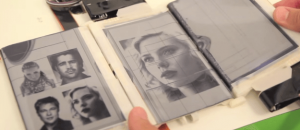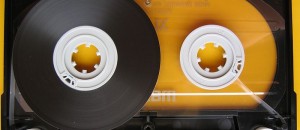Geologists already work in three dimensions. They have rocks and fossils that they can pick up with their bare hands and analyze. However, some geologists are seeking to revolutionize their field through the use of 3D printers. The theory is that these three dimensional printers will allow them to not only copy rocks and fossils but also print three dimensional representations of geologic data.
One of the geologists leading the charge is Franek Hasiuk a geologist at University of Iowa. He believes that through the use of D printing scientist will have a new way to visualize the spaces in rocks. He believed it so much that he spent $4,400 of his startup money to purchase the 3D printer and equipment he needed to get going.
In the past petroleum geologists used CT scans in order to see the voids in the rock where gas, oil, or other fluids hid. They could see inside the rock. With 3D printing they can not only scan and see inside the rock, they can break it open and really investigate where the oil may be located. Hasiuk’s plan is to print the same type of rock with variations to truly understand the pore space within each rock.
Geological samples printed through 3D printing doesn’t have to be limited to petroleum geology. Fossils are another area where this technology is useful. Instructors can print out the fossils for the class to see. These fossils can be broken to reveal the inside of the fossil. Each student can also hold the same specimen allowing them to learn more about the creature without damage to the original.
3D printing can bring the world to life for students who are studying geology. Today many students have to imagine in 3D while learning about topography and underground rock layers. By printing the maps in 3D students can more accurately learn how to identify layers and patterns. It can also help those with visual impairments.
[via Life Science image via Life Science]

 Email article
Email article




